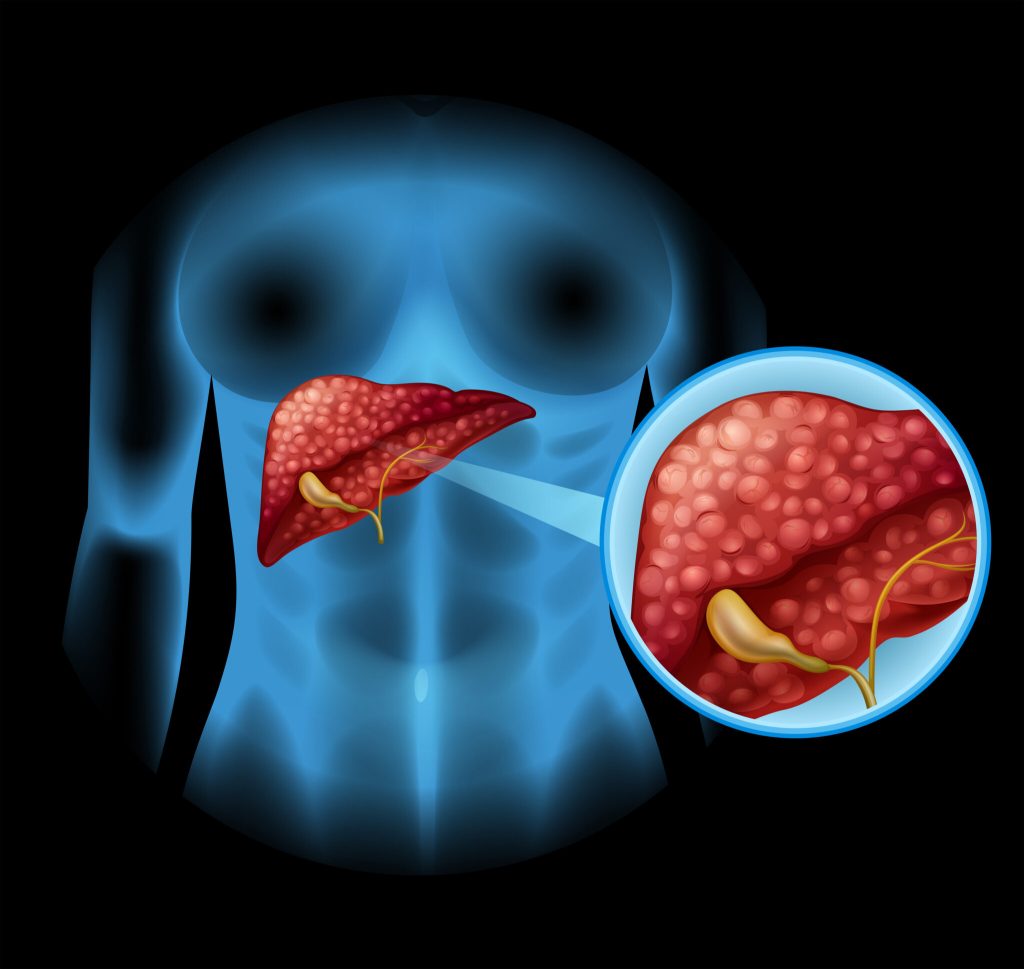What is Wilson’s disease?
Wilson’s disease is a rare genetic autosomal disease. It occurs in approximately one in 30,000 to 40,000 people worldwide. Approximately one in 90 people may be carriers of the disease gene. It is caused by disruption or changes (mutations) of the ATP7B gene, which plays an important role in the movement of excess copper from the liver to the bile to eventually be excreted from the body through the intestines. More than 300 different mutations of the ATP7B gene have been identified. Wilson’s disease is charaterized by by excess copper stored in various body tissues, particularly the liver, brain, and corneas of the eyes.
What are the key symptoms of Wilson’s disease?
- Fatigue
- Lack of appetite
- Abdominal pain
- Jaundice
- Uncontrolled movements or muscle stiffness
- Golden-brown eye discoloration (Kayser-Fleischer rings)
- Problems with speech, swallowin
- Fluid buildup in the legs or abdomen
What are the key issues of Wilson’s disease?
- Liver cirrhosis and scarring.
- Liver failure.
- Neurological problems.
- Kidney problems.
- Psychological problems.
- Blood problems.
How to treat Wilson’s disease?
There are three (3) types of treatment for Wilson’s disease:
- Copper chelator: like penicillamine that is used to chelate copper from body and excreated in urine.
- Copper absorption prevention: like zinc salts that prevent gut from absorbing copper from diet.
- Preventing absorption and building up of toxic copper: ex. tetrahiomolybdate.






